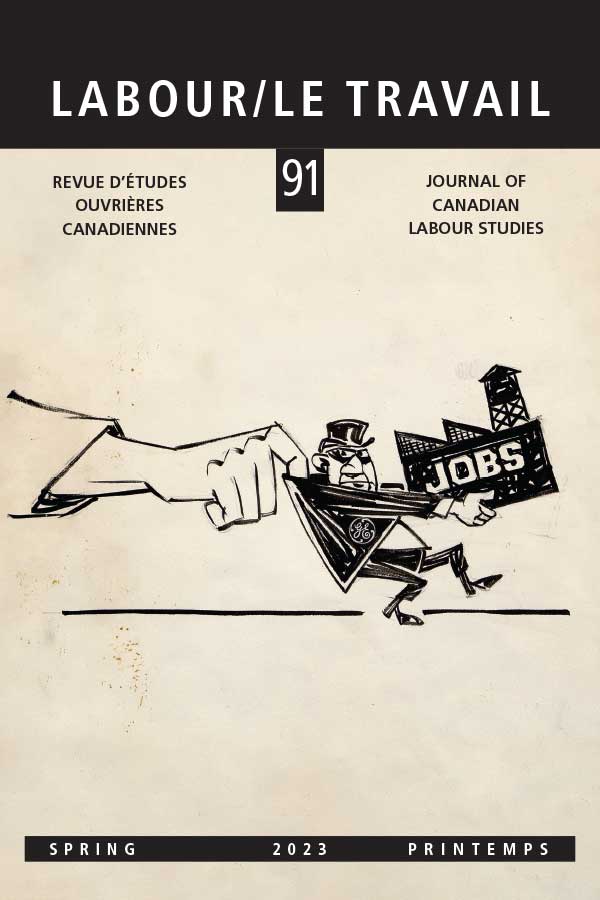Published 2023-05-25
Keywords
- deindustrialization,
- Atlantic Canada,
- industrial development,
- regionalism,
- Nova Scotia
- electronics,
- coal,
- economic planning ...More
How to Cite
Abstract
Following the industrial crisis of the 1920s and the Great Depression in the 1930s, consecutive provincial governments in Nova Scotia turned their efforts toward state-led economic development. After the election of Robert Stanfield and the Tories in 1956, a wholesale industrial planning model was unveiled. Indeed, Stanfieldian economic policy in Nova Scotia was predicated upon the belief that direct state-led interventionism was necessary to offset regional inequity. State corporate entities, such as Industrial Estates Limited, and renewed interest in a state-driven industrial relations paradigm were central in the province’s efforts to revitalize its flagging economy and offset predicted decline in the Cape Breton coal and steel industries. This article examines the fate of the Clairtone Sound Corporation, one of Nova Scotia’s “new industries” that emerged out of these state-led development efforts. A case study of this Stellarton-based firm reveals how structural processes of deindustrialization produced crisis even within sectors that were completely distinct from the province’s cornerstone industries of coal and steel. This case includes a reflection on the class composition of the modernist state in Nova Scotia and represents a convergence of the historiographical focus on state-led industrial development in the Maritimes and recent literature found within deindustrialization studies.
